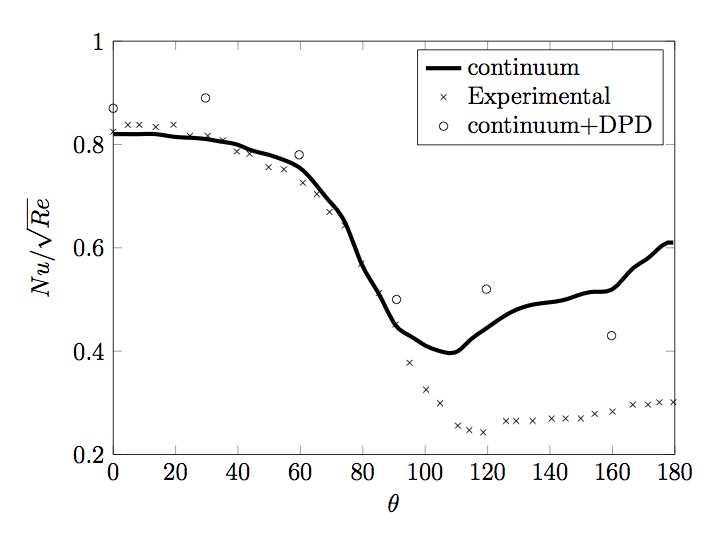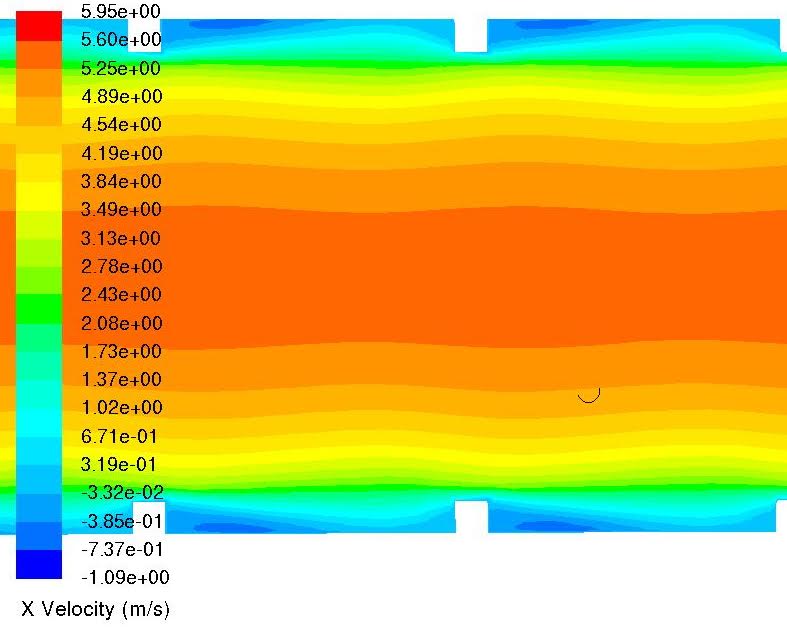|
Research description
Overview
Although computer simulation power has astronomically increased since the beginning of the simulation by computers, and still is increasing, machine performance is still a limiting factor. This primarily restricts the size of the system that can be simulated, for example in the case of molecular dynamics the number of particles that can be handled with the computer, and the number of timesteps that can be calculated during the simulation is part of this restriction. Besides, to capture an important phenomena in the macro scale level, one needs much larger simulation time and extremely large number of particles, but in a conventional MD simulation, a great deal of computing time is used for uninteresting individual particle behavior. As a consequence, there still are problems for which a simulation turns out to be inefficient or even intractable.
In this research, I study Dissipative Particle Dynamics (DPD), a method invented for carrying out particle based simulations of hydrodynamic behavior. I tried to use dissipative particle dynamics to address the problem of calculating heat transfer on some applications. In order to do that, the DPD method is used in order to calculate the heat transfer in small scales. Moreover in order to deal with larger scale flow situations a method is developed to couple different scales. Therefore, in combination to the small scale particle model, the continuum model is used to get the higher scale behavior of the flow.
- The Schematic of domain decomposition is presented in the following figure (top left)
- The domain decomposition over continuum model in an impinging jet is presented in the top right figure.
- In the bottom left a particle flow model video is shown for flow in a channel with turbulator and in the bottom right its continuum contour plot is presented
- The particle code is used to solve heat transfer problem in some industrial simulation and the result is compared with experiment and CFD simulation.
- The left figure is heat transfer for flow in a channel with turbulators and right is the heat transfer over a cylinder.
|







